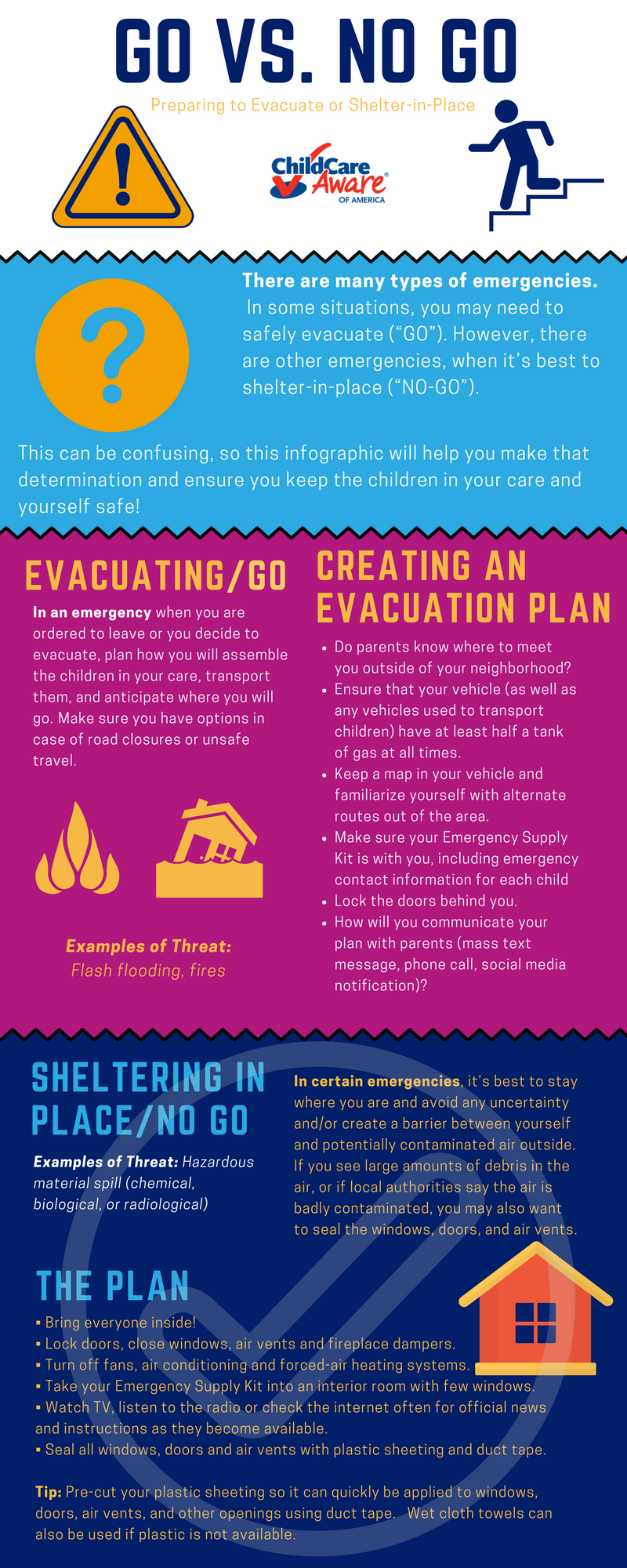Every winter, influenza (the flu) ravages both adults and children, spreading like wildfire throughout the community and leaving many at home, in bed, feeling awful for days. Child care centers are affected because the influenza virus is highly contagious, and children are apt to spread the virus unknowingly both to their peers and to adults. In fact, because children in group care are more likely to catch and spread viruses, like the flu, they can bring these viruses home and pass the flu on to their siblings, who go to school and transmit the virus more broadly.
According to the Centers for Disease Control and Prevention, since 2004, the number of children who die yearly in the U.S. during a normal flu season has ranged from 37 (2011-2012 season) to 171 (2012-2013 season).
Approximately 25% of all children in the U.S. spend significant time in center-based early education and child care. Children in group child care spread infectious diseases at higher rates than children in other settings because of the social nature of group child care. There is no way to completely prevent the spread of influenza in early education and child care programs, but programs can play an important role in lessening the effects.
Despite all efforts, some children in child care are likely to develop influenza. While no one can guarantee that a child or caregiver will not become infected, child care staff and early education and child care leaders can help prevent the spread of influenza. Three recommended methods for controlling the spread are: influenza vaccine, infection control, and exclusion (sending children home). Prevention can save lives, reduce hospital visits, and prevent parents from losing time at work.
Seasonal influenza vaccines are an available protection against influenza. The influenza virus strains can change each year, so the vaccine also has to change to cover the anticipated new influenza viruses. That means protection from the vaccine lasts for only one flu season.
Sanitation as Protection
Everyone should be reminded of proper cough/sneeze behaviors. Children and adults should ideally cough into an elbow or shoulder so that the germs do not end up on the hands.
Increasing the frequency of handwashing and hand sanitizing during flu season might help reduce infection. Frequent cleaning and sanitizing of surfaces might help decrease the spread of germs.
Because we cannot tell which children have influenza infection versus common cold viruses, it is best to make decisions about exclusion (i.e., sending a child home from child care) based on the child’s symptoms. Children and people with weakened immune systems can shed virus for longer than others, and might still be contagious past 7 days of flu illness, especially if they still have symptoms. Parents should be informed that any child with respiratory symptoms (cough, runny nose, or sore throat) and fever should be excluded from child care or kept at home during flu season. The child can return after the fever has resolved without using fever-reducing medicines, and when the child is able to participate in activities and be cared for by the staff without compromising their ability to care for other children in the group.
The Impact of an Influenza Pandemic
What the health care community most worries about is pandemic influenza. An influenza pandemic occurs when a new influenza virus emerges and spreads person-to-person around the world. Because it is new, most people do not have immunity to it, and a vaccine takes many months to develop. The most recent influenza pandemic occurred in 2009. Worldwide, this pandemic killed 12,469 people, which was relatively mild compared to other influenza pandemics. Ten percent of these deaths occurred in children 0-18 years of age.
Pandemic influenza is a potentially devastating global health event, and young children in child care centers are a vulnerable group, at increased risk for illness and death. In addition to preparing for seasonal influenza, centers should take additional steps to prepare for pandemic influenza.
In a severe pandemic influenza, public health agencies might recommend closure of schools and child care centers, because other methods of flu control, such as immunizations, are not being effective. Center directors should be aware of who has the authority to close their center, how they will be notified, and how they can maintain communication with parents remotely by email or social media. In the event of center closure, parents will need an alternative care plan for their children, especially if they are essential workers (for example, health care workers).
In 2008 and again in 2016, the American Academy of Pediatrics conducted nationwide telephone surveys of directors of licensed child care centers (including preschools and Head Start) to learn more about center directors’ thoughts on the best ways to prepare for seasonal and pandemic influenza. The survey revealed that much work needs to be done to prepare for pandemic influenza in the child care setting. Very few child care center directors reported that they had taken any actions to prepare their centers for pandemic influenza.
The findings of this study suggest that efforts to increase pandemic influenza preparedness among U.S. child care center directors should focus on increasing awareness and knowledge of pandemic influenza by developing more effective ways of distributing information and conducting training.
Resources Currently Available
Caring for Our Children: National Health and Safety Performance Standards: Guidelines for Early Care and Education Programs was developed by leaders in pediatrics, public health, and the child care field working together to review the literature and develop standards based on research, knowledge, and experience. Each standard is backed with references and a rationale. Review the influenza standards for additional information, including 7.3.3.2 – Influenza Control, 7.3.3.3 – Influenza Prevention Education, and 9.2.4.4 – Written Plan for Seasonal and Pandemic Influenza.
The recently updated American Academy of Pediatrics manual, Managing Infectious Diseases in Child Care and Schools: A Quick Reference Guide (4th Edition), provides child care center directors, teachers, and caregivers with important information about the prevention and management of infectious diseases in group care settings. The manual contains helpful guides, including quick reference sheets on prevention of infectious diseases. Detailed chapters address infection control measures, immunizations, and inclusion/exclusion criteria.
For additional influenza information, see the American Academy of Pediatrics “What’s the Latest with the Flu” messaging series. These messages are developed monthly from September through May. The purpose is to offer a quick snapshot that addresses the current situation with the flu and offers links back to American Academy of Pediatrics and/or Centers for Disease Control and Prevention resources.
Additional Resources
- Centers for Disease Control and Prevention: Child Care and Preschool Pandemic Influenza Planning Checklist.
- American Academy of Pediatrics: Preparing Child Care Programs for Pandemic Influenza
- Centers for Disease Control and Prevention: Action Steps for Child Care and Early Childhood Program Providers to Prevent the Spread of Flu
- Centers for Disease Control and Prevention: CDC Guidance on Helping Child Care and Early Childhood Programs Respond to influenza during the 2009-2010 Influenza Season
For more information, email the American Academy of Pediatrics at DisasterReady@aap.org.
Editor's Note: This article was originally published in Kansas Child Magazine, Spring 2017 Issue, Volume 16, Issue 2.
Timothy Shope, MD, MPH, FAAP, is an Associate Professor of Pediatrics, at Children’s Hospital of Pittsburgh of UPMC. He is the co-editor of Managing Infectious Diseases in Child Care and Schools, 4th edition, the Technical Panel Chair for Caring for our Children 3rd edition, and is the co-author of curriculum for Managing Infectious Diseases in Early Education and Child Care Settings, as well as a subject matter expert for the Managing Infectious Diseases in Early Education and Child Care online module.







